The case intensified for Alec Baldwin in the widely talked about “Rust” film set shooting. A New Mexico judge has rejected Alec Baldwin’s motion to dismiss the case, despite claims of a damaged key piece of evidence. This ruling thrusts the Hollywood actor back into the spotlight of a case that has captivated both the entertainment industry and the public at large.
As Baldwin faces involuntary manslaughter charges for the fatal shooting of cinematographer Halyna Hutchins, this latest development sets the stage for a trial that promises to delve deep into questions of responsibility, safety protocols, and the handling of firearms on film sets.
The “Gun” Show Recap
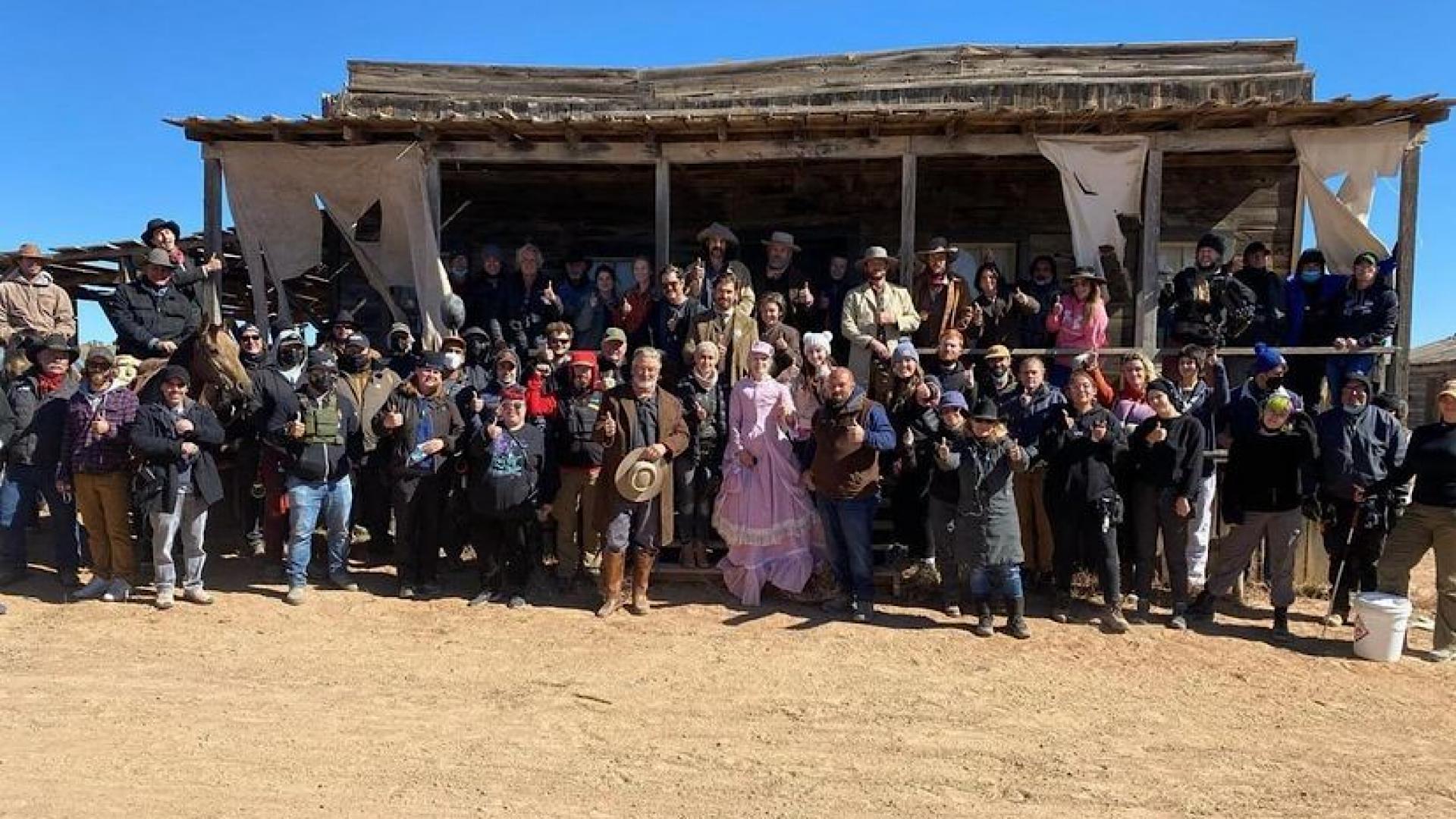
The horrifying tragedy began on October 21, 2021 during a rehearsal for the Western movie “Rust” in New Mexico. The prop gun held by film star Alec Baldwin discharged, fatally wounding cinematographer Halyna Hutchins and injuring director Joel Souza.
The incident sent shockwaves through Hollywood, igniting debates about on-set safety protocols. Baldwin, who was also a producer on the film, maintained he didn’t pull the trigger and was unaware the gun contained live ammunition. The ensuing investigation led to criminal charges, turning a movie set accident into a complex legal battle that continues to unfold three years later.
Details Surrounding Baldwin’s Motion

The legal team for Baldwin decided to take a bold step in the legal process, to file a motion to dismiss the involuntary manslaughter charges against him. Their entire argument was aimed at a technicality, which threatened to upend the entire case.
The defense contended that the prosecution had irreparably damaged a crucial piece of evidence: the Colt .45 revolver involved in the shooting. They claimed this damage occurred during FBI testing, potentially altering the gun’s condition from the time of the incident. This motion represented a strategic attempt to have the case thrown out before it could proceed to trial.
Issue of the Damaged Firearm – Why is it important?
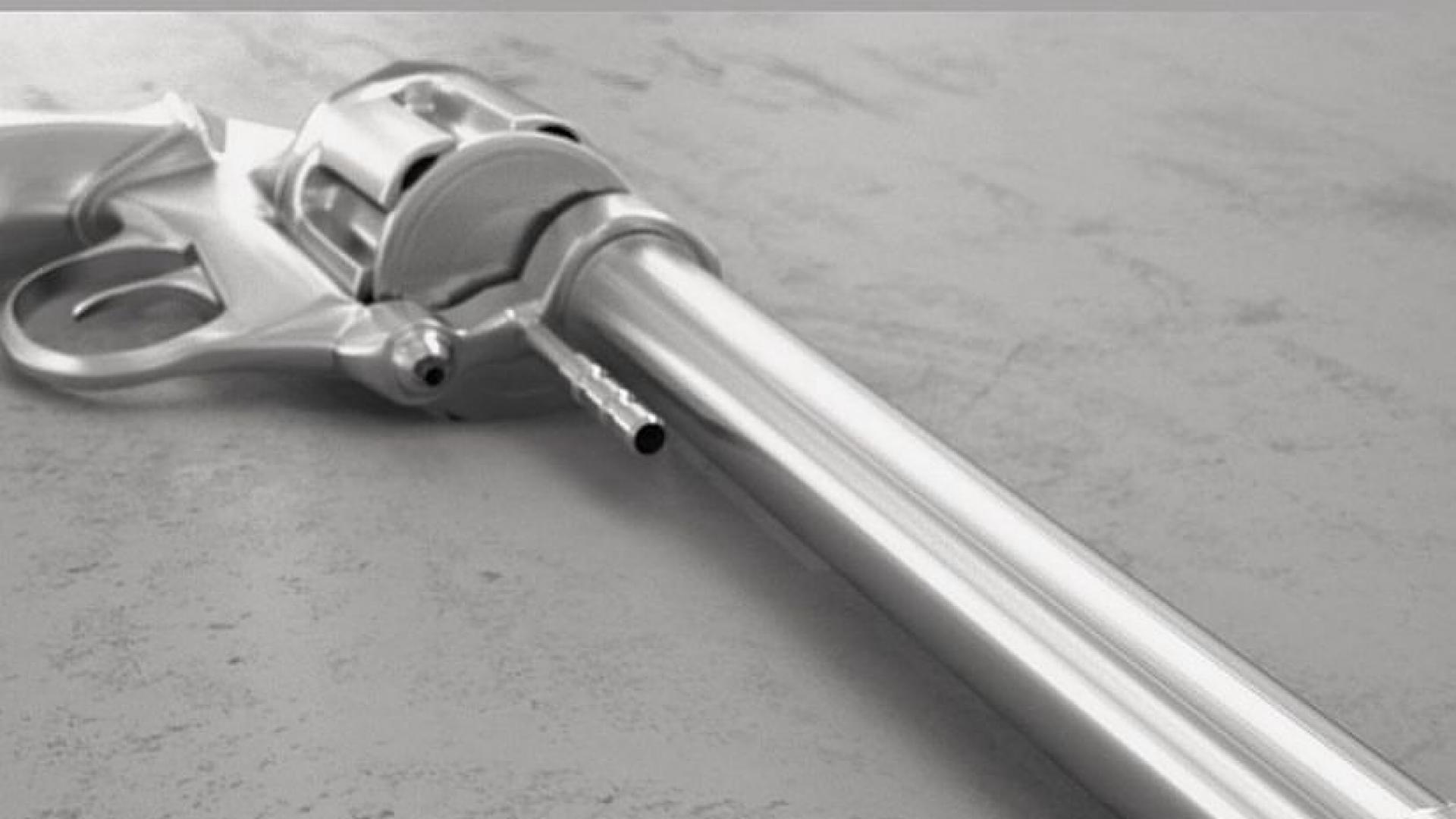
The revolver at the center of this case isn’t just evidence; it’s a linchpin. Its condition could make or break arguments about how the fatal shot occurred. The defense claims that FBI testing altered the weapon, potentially compromising its trigger mechanism.
This matters immensely because Baldwin insists he never pulled the trigger. If the gun’s current state differs from its condition on that fateful day, it could cast doubt on forensic analyses and expert testimonies. The firearm’s integrity is crucial in determining whether the shooting was a mechanical failure, human error, or a combination of both.
Prosecution’s Arguments
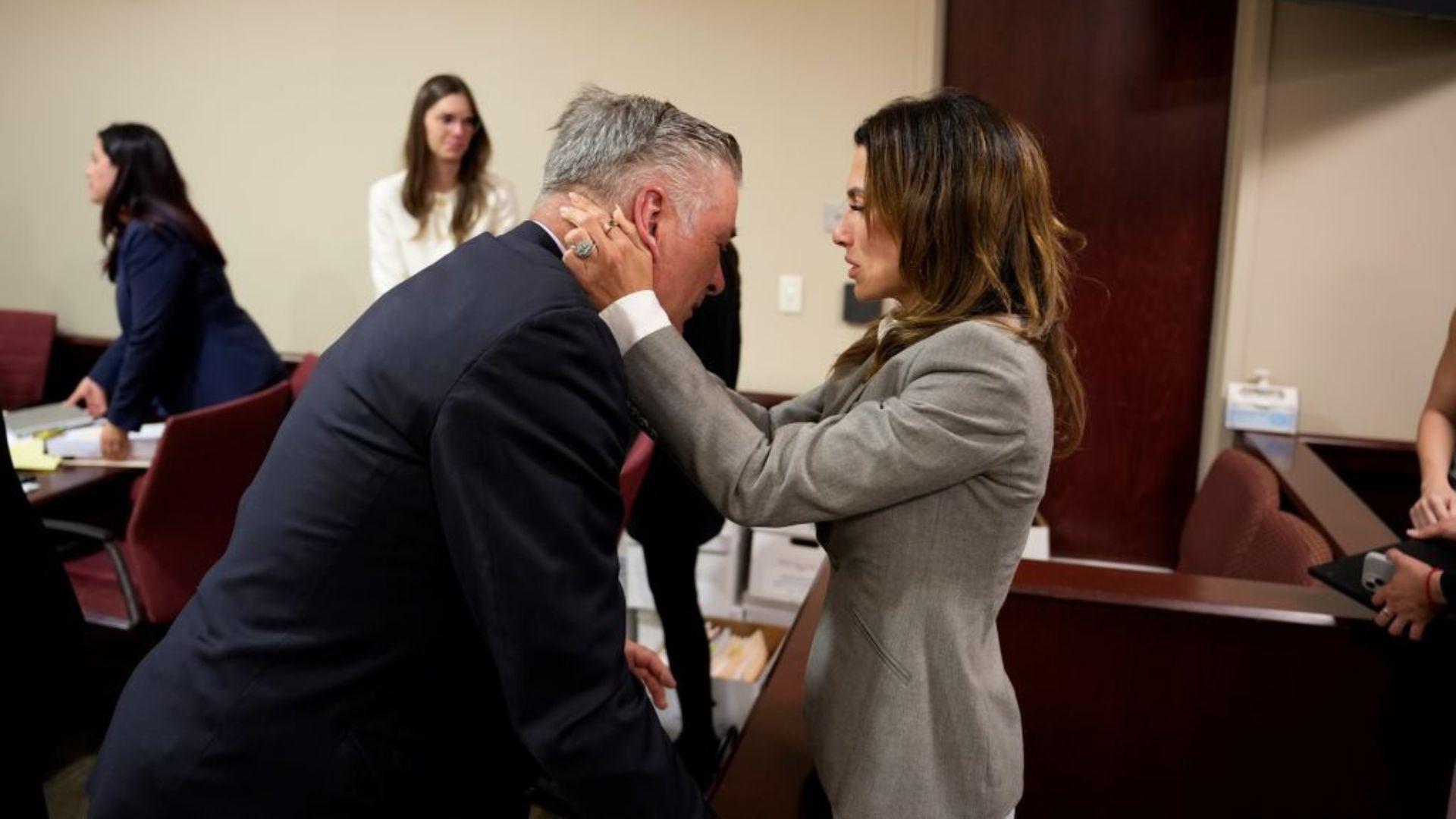
Pushing back against Baldwin’s motion, prosecutors came out swinging. They argued that the damage to the gun was minor and wouldn’t impede a fair trial. Their stance? The revolver’s core functionality remains intact, allowing for accurate testing and analysis. The prosecution team emphasized that multiple experts had examined the weapon before any alleged damage occurred.
They also contended that even if the gun were slightly altered, it wouldn’t negate Baldwin’s duty of care in handling a firearm on set. Their arguments sought to keep the case on track, asserting that justice for Hutchins hinged on a full trial.
Judge’s Reasoning
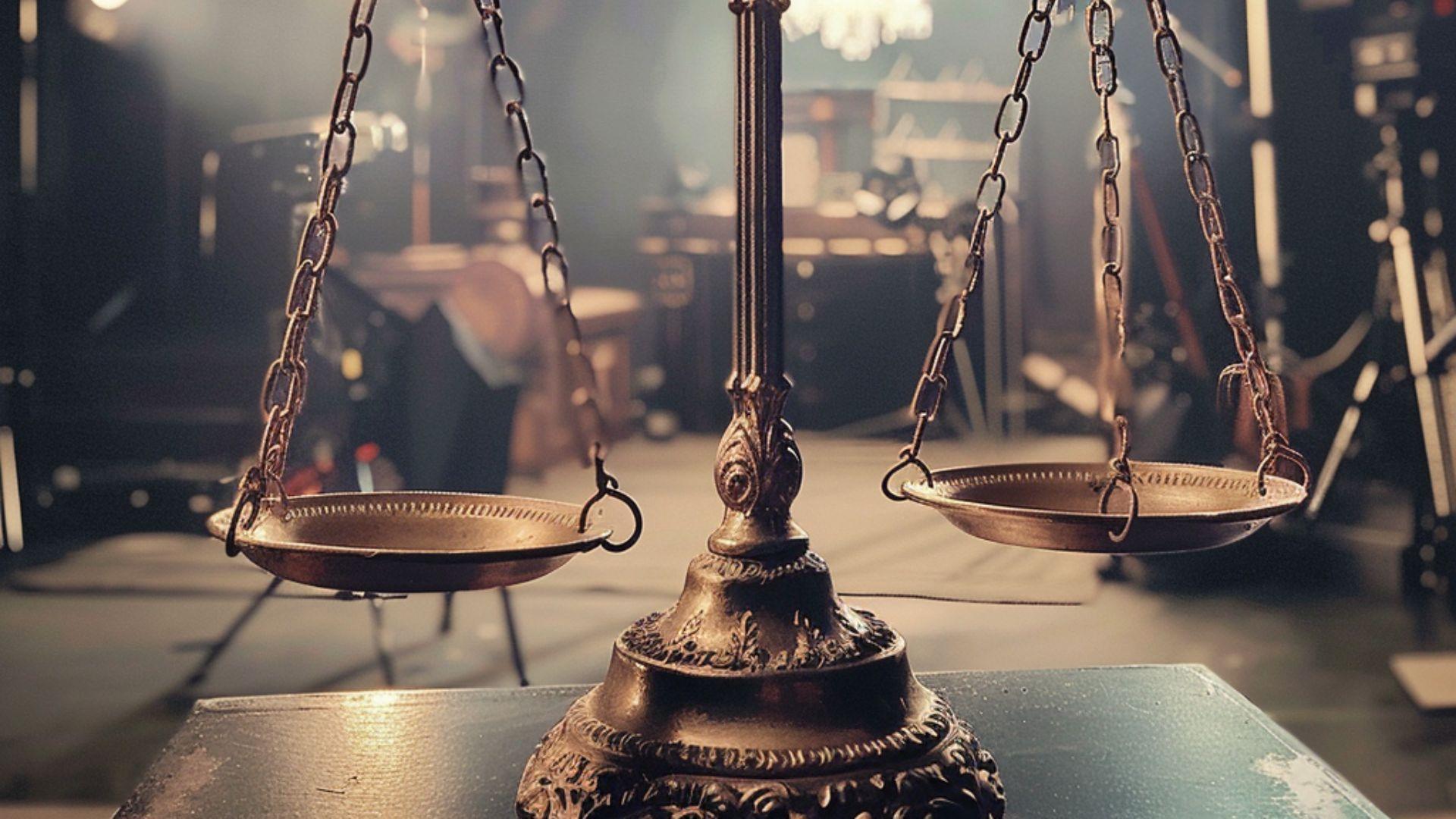
In a ruling that reverberated through courtrooms and film sets alike, the judge stood firm. Her decision to reject Baldwin’s motion hinged on several key points. She determined that the alleged damage to the firearm wasn’t severe enough to warrant a dismissal. The judge emphasized that the gun’s condition could still be accurately assessed by experts, ensuring a fair examination of the evidence.
Moreover, she underscored that the case extended beyond just the weapon itself, encompassing broader issues of on-set safety protocols and individual responsibility. This ruling effectively green-lit the continuation of legal proceedings, setting the stage for a trial that could reshape Hollywood’s approach to firearms on film sets.
Baldwin’s Legal Team’s Response
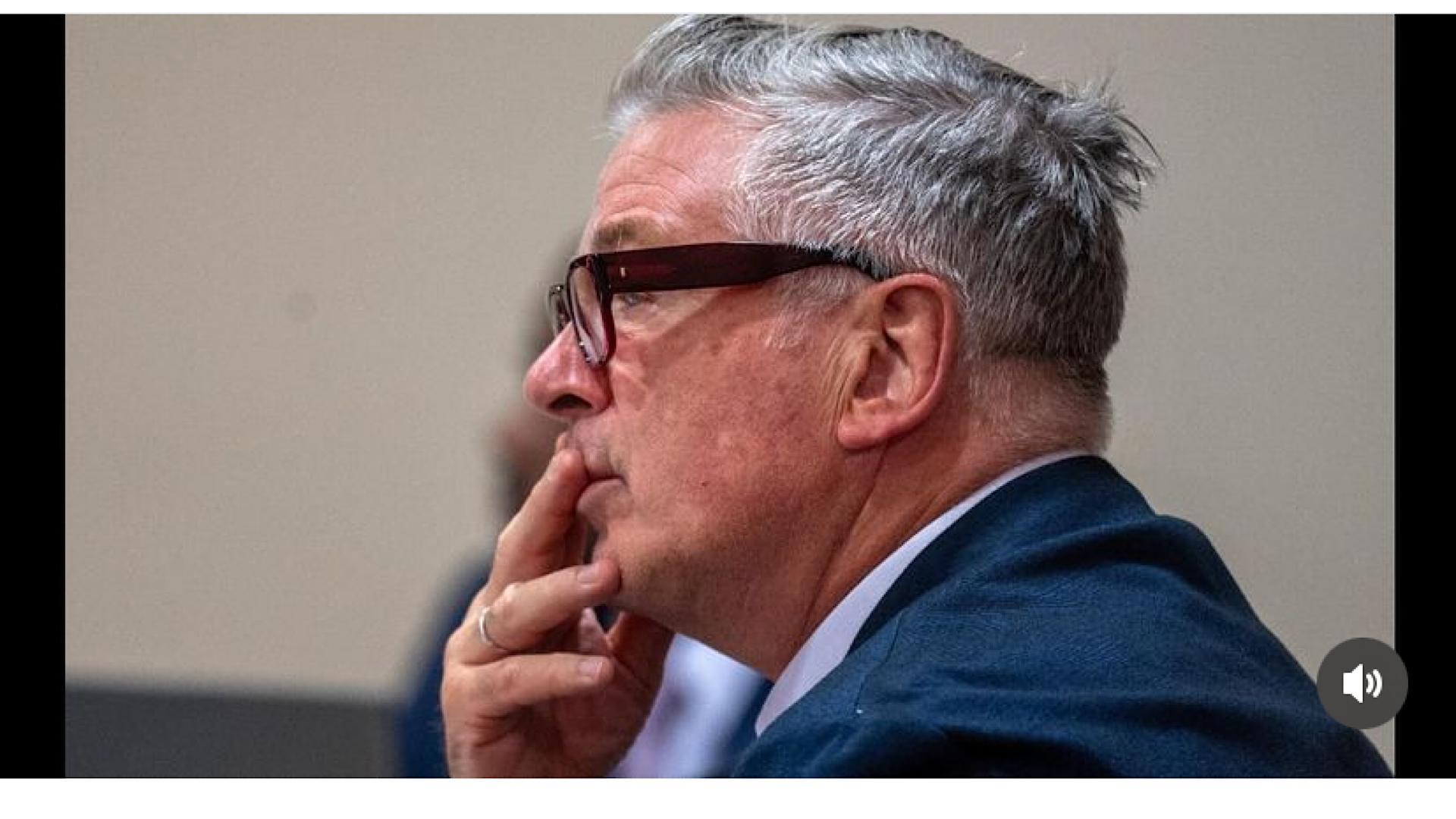
In the wake of the judge’s decision, Baldwin’s attorneys didn’t miss a beat. They swiftly issued a statement expressing their disappointment but reaffirming their client’s innocence. The legal team emphasized their unwavering belief in Baldwin’s version of events, asserting that he never pulled the trigger.
They hinted at plans to explore other legal avenues, possibly including appeals or motions for reconsideration. Behind the scenes, they’re likely recalibrating their strategy, preparing for a trial that now seems inevitable. Their public stance remains one of resilience, projecting confidence in ultimately exonerating Baldwin despite this setback.
Impact on Baldwin’s Career

The ongoing legal saga has cast a long shadow over Alec Baldwin’s storied career. Once known primarily for his acting chops and sharp wit, Baldwin now finds his name inextricably linked to tragedy. Hollywood’s reaction has been mixed – some stand by him, while others distance themselves. Projects have been put on hold, and new opportunities have dwindled. The actor’s public appearances are now dominated by questions about the case rather than his craft.
Yet, Baldwin’s resilience is evident. He’s cautiously re-entering the public eye, balancing legal battles with attempts to reclaim his professional standing. The trial’s outcome could be a turning point, potentially rehabilitating his image or dealing a final blow to his Hollywood legacy.
How does this compare to similar incidents?
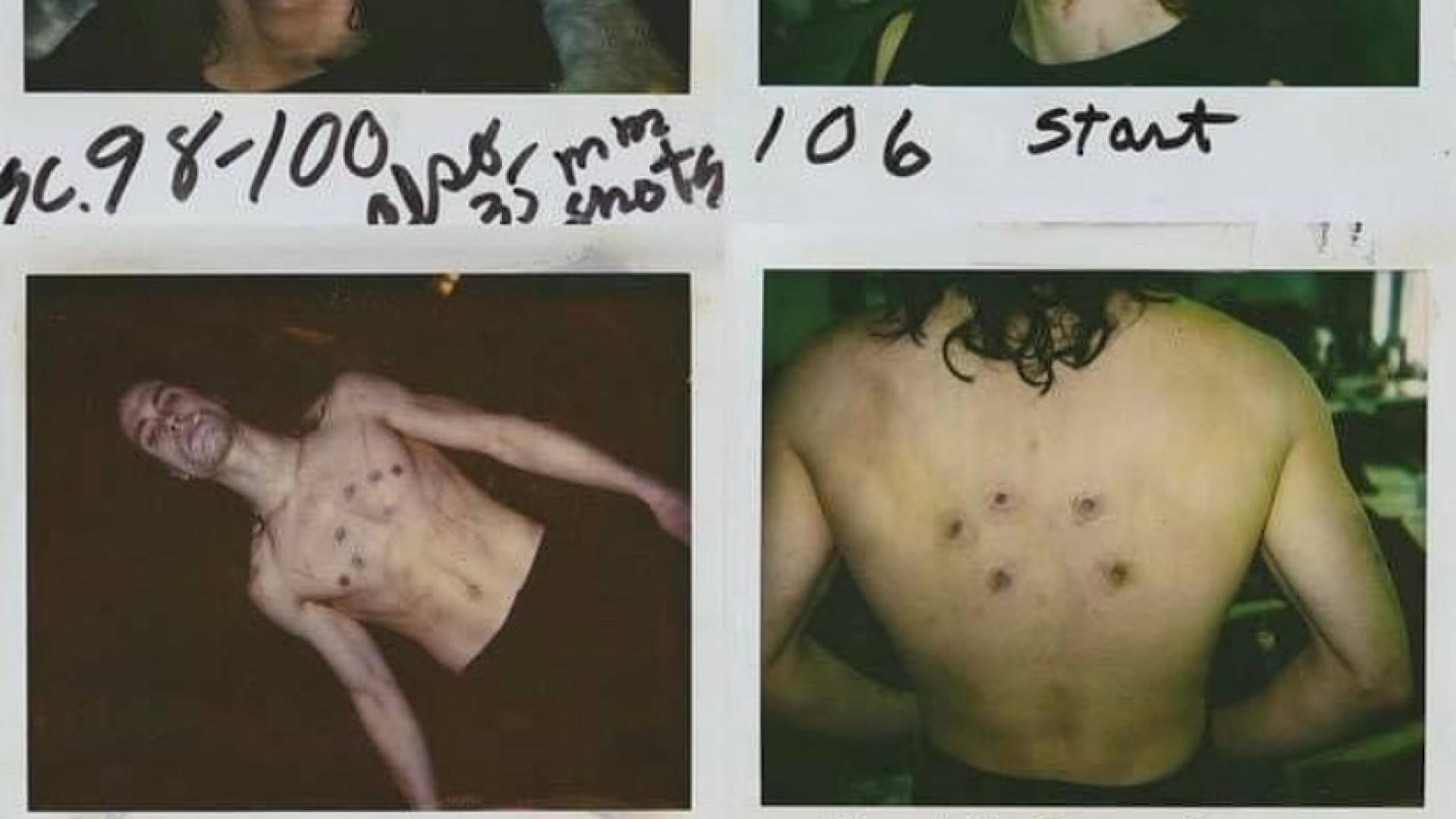
The “Rust” tragedy, while shocking, isn’t without precedent in Hollywood. It echoes the 1993 incident on the set of “The Crow,” where Brandon Lee was fatally shot. However, the legal aftermath of the “Rust” shooting is unprecedented in its scope and implications. Unlike previous cases, which were largely treated as tragic accidents, Baldwin faces criminal charges.
This marks a shift in how the industry and legal system view on-set fatalities. The extensive media coverage and public scrutiny also set this case apart. While past incidents led to industry-wide safety reforms, the “Rust” case could potentially redefine legal culpability in film production, creating a new paradigm for accountability.
Potential Outcomes of the Trial
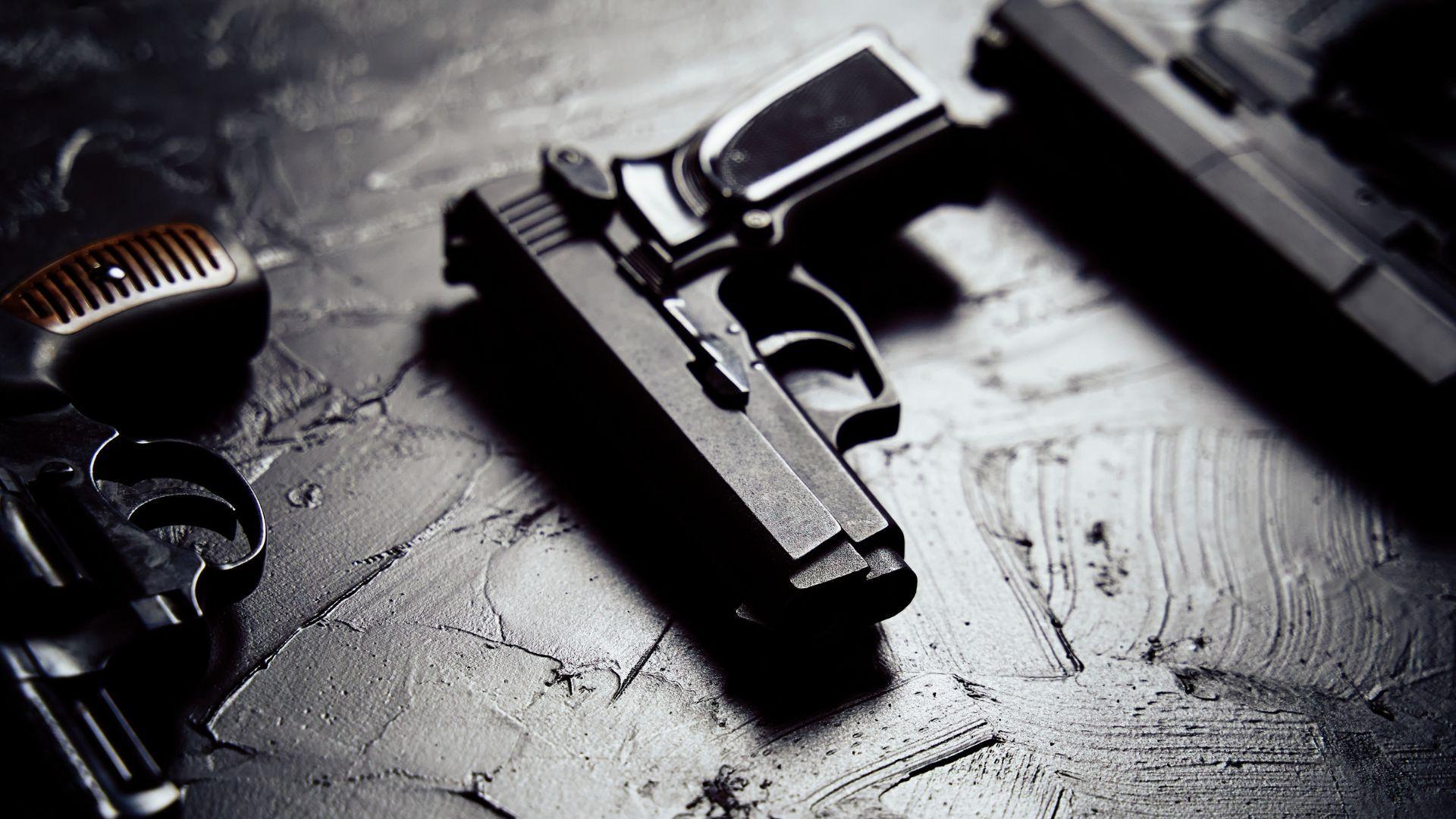
As the case inches toward trial, speculation about possible outcomes runs rampant. If convicted, Baldwin could face up to 18 months in prison, a sentence that would send shockwaves through Hollywood. Alternatively, an acquittal might vindicate him but would likely still leave his reputation tarnished. There’s also the possibility of a plea deal, which could see reduced charges in exchange for an admission of negligence. Regardless of the verdict, the trial’s impact will ripple far beyond Baldwin.
It could lead to stricter regulations on firearms in film production, reshape insurance policies for actors and producers, and fundamentally alter how responsibility is assigned on film sets. The industry watches with bated breath, knowing that the outcome could set new precedents for years to come.

